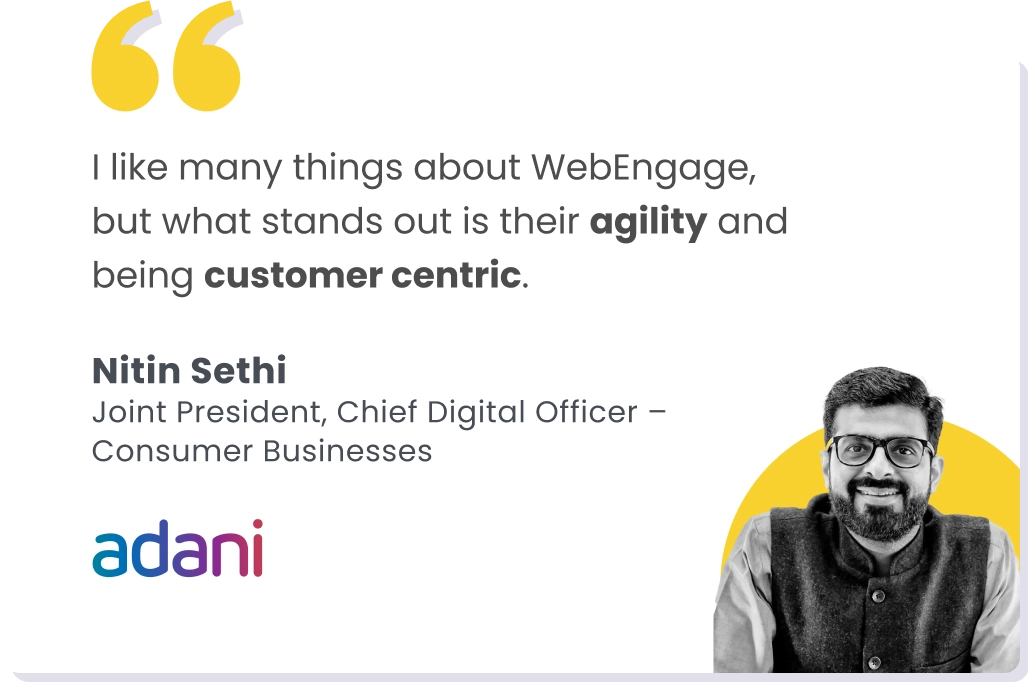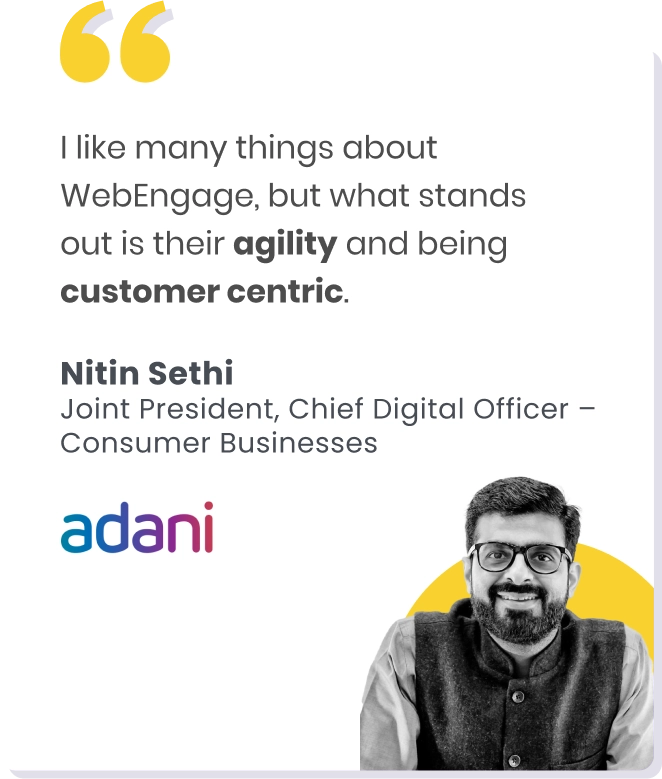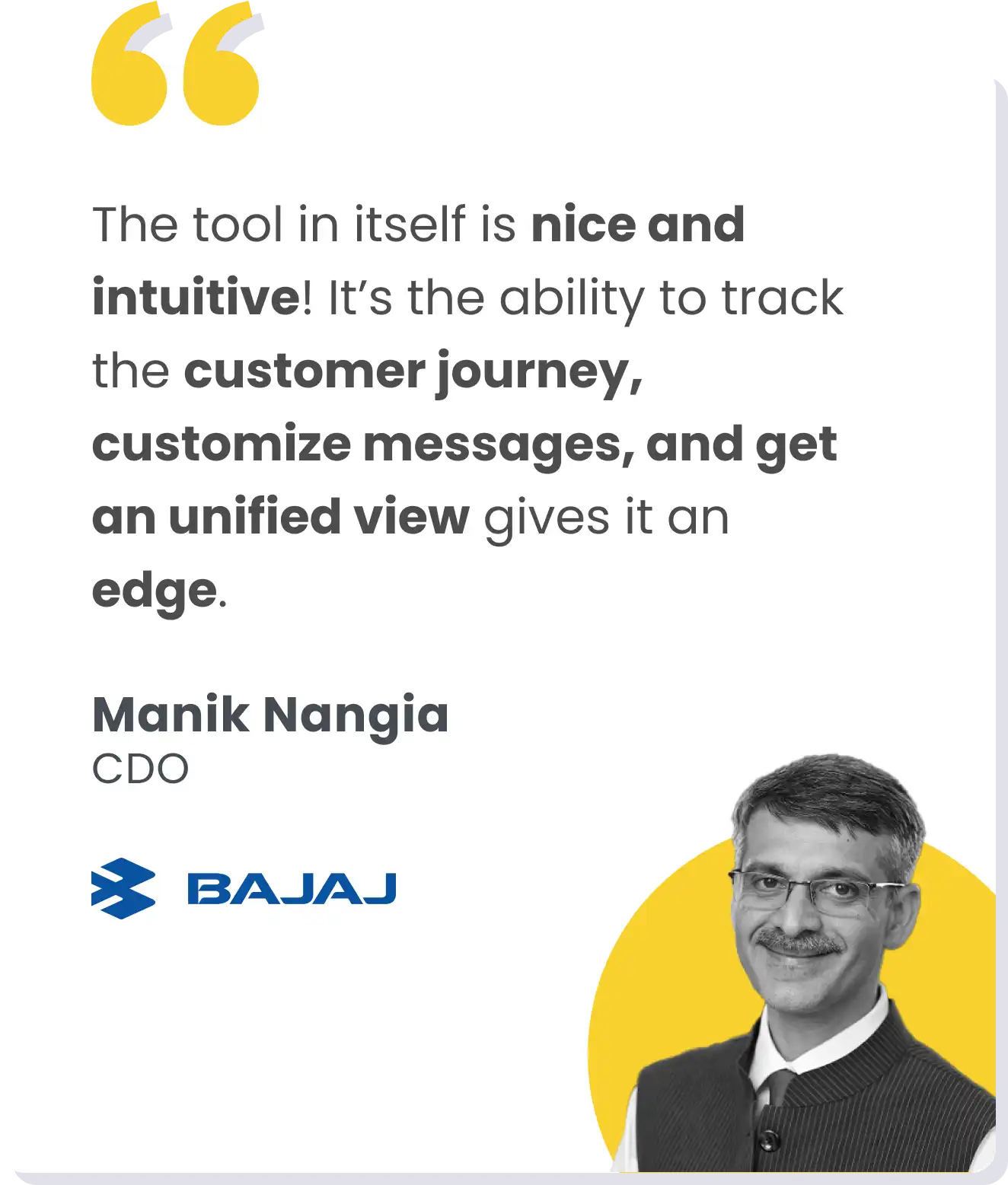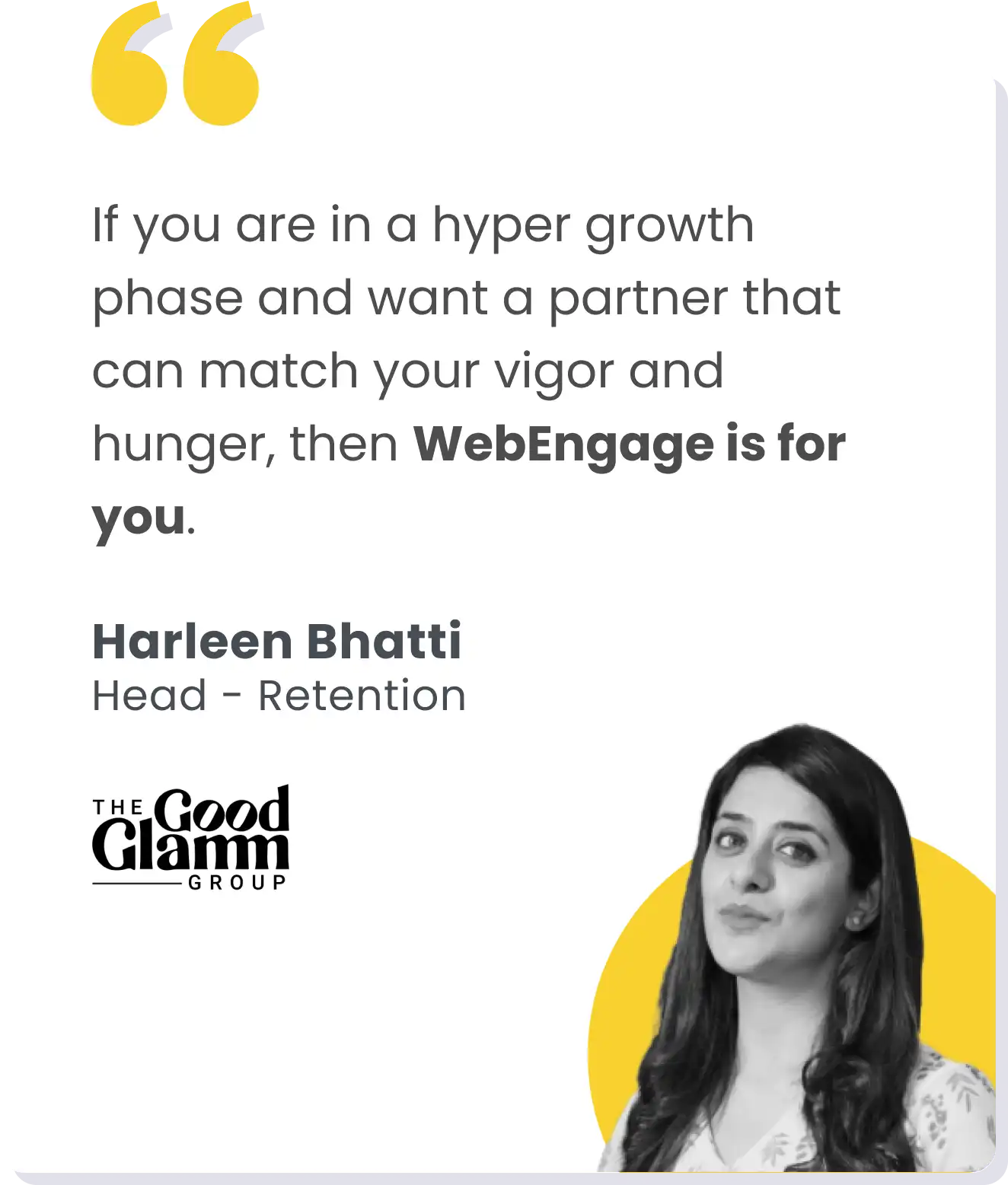The global fashion retail market is rapidly growing, projected to expand at a CAGR of 7.09% from 2024 to 2032. Valued at USD 91.25 billion in 2023, it’s expected to reach USD 157.88 billion by 2032. This sector bridges manufacturers and consumers, offering a wide range of clothing and accessories. Key growth drivers include emerging fashion trends, the rise of fast fashion, and increased consumer spending, especially in North America, which led the market in 2023. The industry’s focus remains on profitability and capitalizing on evolving consumer demands.
The Intersection of Data and Intuition in Growing Fashion Brands
Balancing data with intuition is crucial for growth in today’s fast-paced retail environment. As a leader in this space, I have learned that data-driven insights are indispensable, but they don’t tell the whole story. Human intuition—the ability to interpret the nuances of consumer behavior—completes the equation.
Understanding Consumer Behavior: The Role of Data
The fashion industry is rife with glamour and trends, but behind that facade lies a complex web of consumer behaviors. What drives customer engagement? Why do some styles succeed while others fail? Data offers valuable insights, helping us map trends, track preferences, and predict purchasing behavior.
For example, we use advanced analytics to release new styles that resonate with our audience at W. By analyzing browsing habits, purchase data, and even social media trends, we can anticipate what our customers want before they even realize it themselves. This predictive ability is powerful. In fashion, timing is everything, and releasing the right product at the right moment can spell the difference between a blockbuster launch and a flop.
However, it’s not just about understanding what consumers want now—it’s about predicting what they will want tomorrow. This is where the synergy between data and intuition becomes critical. No amount of data can fully capture the complex psychological elements of fashion, particularly when it comes to women’s preferences. As marketers, we must read between the lines and sometimes trust our instincts.
The Art of Intuition in Decision-Making
While data provides the foundation, intuition—fueled by years of experience and an innate understanding of the market—guides creative decisions. In the fashion industry, trends are fleeting, and customer behavior is unpredictable. What worked yesterday might not work tomorrow. Here’s where intuition plays an irreplaceable role.
Intuition allows us to take risks, to innovate in ways that data might not yet support. For instance, when launching new styles or venturing into uncharted markets like the Middle East, we rely heavily on our ability to ‘feel’ the pulse of the consumer base. Data might tell us what has been successful in the past, but intuition helps us identify emerging trends and cultural shifts.
This instinctual approach is especially vital when engaging with emerging markets where traditional data may not be as robust. For example, in developing regions, consumer appetite for digital and fashion-forward brands is growing rapidly, but there is often a lack of historical data to guide decision-making. In these situations, relying on intuition, while being backed by the limited data available, helps us push boundaries and innovate.
Merging Data and Intuition in Retention Marketing
In my experience, the most successful marketing strategies merge data and intuition seamlessly. Retention marketing, in particular, is an area that benefits from this hybrid approach. At its core, retention marketing is about building long-term relationships with customers by keeping them engaged and loyal to the brand.
For instance, while data can help us identify the most effective communication channels for customer engagement, intuition guides us in crafting the right messaging. Retention isn’t just about bombarding customers with offers or promotions; it’s about understanding their needs on a deeper level. What do they value? What motivates their loyalty?
Through this blend of data and intuition, we’ve been able to foster an authentic connection with our customers. At W, we use data to track customer engagement across multiple touchpoints—email, social media, in-store experiences—but it’s our intuitive understanding of their desires that allows us to create compelling experiences. We’ve seen a direct correlation between personalized engagement strategies and increased customer loyalty, which translates into higher retention rates.
Building Brand Engagement: Lessons from W
One of the most critical aspects of running a successful fashion brand is staying relevant in the minds of consumers. Whether it’s through product releases, digital marketing, or in-store experiences, engagement is the lifeblood of brand success. At W, we’ve found that combining digital strategies with in-person engagement creates a lasting impression on customers.
For instance, we’ve adopted a holistic approach to brand engagement that leverages both data and intuition. We use customer data to create personalized marketing campaigns that resonate with individual preferences, while simultaneously maintaining a human touch. This human connection is vital in fashion, where buying decisions are often emotionally driven.
Our strategy revolves around continuous innovation, drawing on data for insights but also taking calculated risks based on intuition. Whether we’re introducing a new line or experimenting with marketing techniques, our goal is to keep the customer experience fresh and exciting.
Why Intuition Remains Relevant in a Data-Driven World
In an era dominated by algorithms and AI, it’s easy to undervalue intuition. However, intuition remains as important as ever, especially in industries like fashion where emotions drive purchasing decisions. Data can guide us toward smarter decisions, but it can never fully replace the human element.
Data tells us what happened, but intuition helps us understand why it happened. It allows us to connect on a human level with our consumers, interpreting their desires and anticipating their needs before they even articulate them. This is particularly true in fashion, where consumers don’t always make rational decisions—they often choose products that make them feel a certain way.
As industry experts, we must learn to trust our instincts even in the face of overwhelming data. The key is to balance both approaches—leveraging data where it excels while letting intuition drive creative and innovative decisions.
Conclusion: The Future of Fashion Lies in the Balance
The future of fashion marketing lies in finding the perfect balance between data and intuition. In a world where consumer behavior is increasingly complex, this dual approach allows us to make informed decisions without stifling creativity or innovation.
As we move forward, the brands that succeed will be those that not only understand the data but also have the foresight to interpret it intuitively. At W, we remain committed to blending both approaches to drive growth and continue innovating in the dynamic world of fashion retail.
Thank you.
Thank you for exploring W & Aurelia’s journey and insights with us. We would love to hear your thoughts and feedback. To dive deeper into Acko’s strategies and vision, listen to the full podcast on Spotify, Apple podcast or YouTube, and don’t forget to leave a comment. Stay connected with us for more updates, and follow our blog and social media channels for the latest news in the insurance and fintech industry.
About the Author
Manasi Karmarkar- Head of Digital Marketing at TCNS Group is a passionate marketer weaving impactful narratives. With a knack for driving business growth through digital innovation, she collaborates cross-functionally to shape holistic outcomes. Spanning retail and fashion, her expertise extends to omnichannel strategies and data-driven decisions, all while championing a consumer-centric approach. An approachable leader, she values her team’s growth and balances professional success with personal well-being.




















